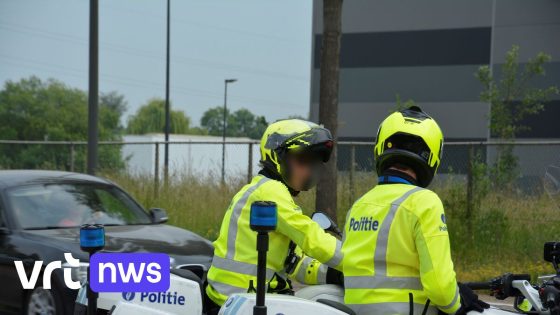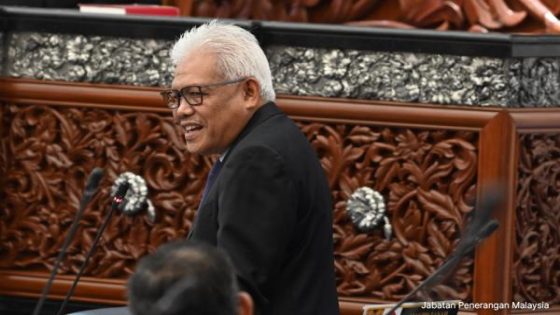A recent incident in Belgium has sparked significant discussion following the arrest of a 17-year-old boy. On February 3, 2025, a police officer confronted the youth after finding him near a fallen moped. The situation escalated when another officer sustained an injury during the encounter. What led to this intense confrontation?
- Motor officer arrived at Pauwengraaf scene.
- Moped was found lying on the road.
- A boy was nearby, possibly injured.
- One officer sustained an injury to hand.
- Officer believed boy attempted to flee.
- Agent intervened with the 17-year-old suspect.
Police Confrontation in Belgium Raises Concerns About Youth Treatment
This event highlights critical issues regarding how law enforcement interacts with young individuals. Are current policing strategies effective in ensuring safety without resorting to violence?
The Role of Police Training in Handling Youth Situations
The way officers are trained can significantly impact their responses during tense situations involving minors. Proper training may lead to de-escalation rather than confrontation, which is crucial for maintaining public trust.
Understanding Excessive Force: What Does It Mean?
Excessive force occurs when law enforcement uses more physical power than necessary during an arrest or intervention.
- Definition varies by jurisdiction and context.
- Can lead to serious injuries or fatalities.
- Affects community relations and trust in law enforcement.
- Calls for better training and protocols are increasing nationwide.
The Impact of Media Coverage on Public Perception
Media plays a vital role in shaping public opinion about police actions. Incidents like this one often spark debates about accountability and transparency within law enforcement agencies.
- Increased scrutiny can lead to reforms.
- Covers both positive and negative aspects of policing.
- Affects community engagement with local authorities.
Paving the Way for Future Changes in Policing Practices
The ongoing conversation about police practices continues to evolve, especially concerning youth interactions. Advocates call for reforms that prioritize de-escalation techniques over aggressive tactics, aiming for safer communities overall.
- Civil rights organizations push for policy changes.
- Youth engagement programs can foster better relationships with officers.
- Training focused on empathy may reduce confrontational incidents.
This case serves as a critical reminder of the importance of appropriate policing methods, particularly when dealing with younger individuals. As discussions unfold both in Belgium and beyond, it’s essential to consider how these events shape our understanding of justice and community safety moving forward.

































